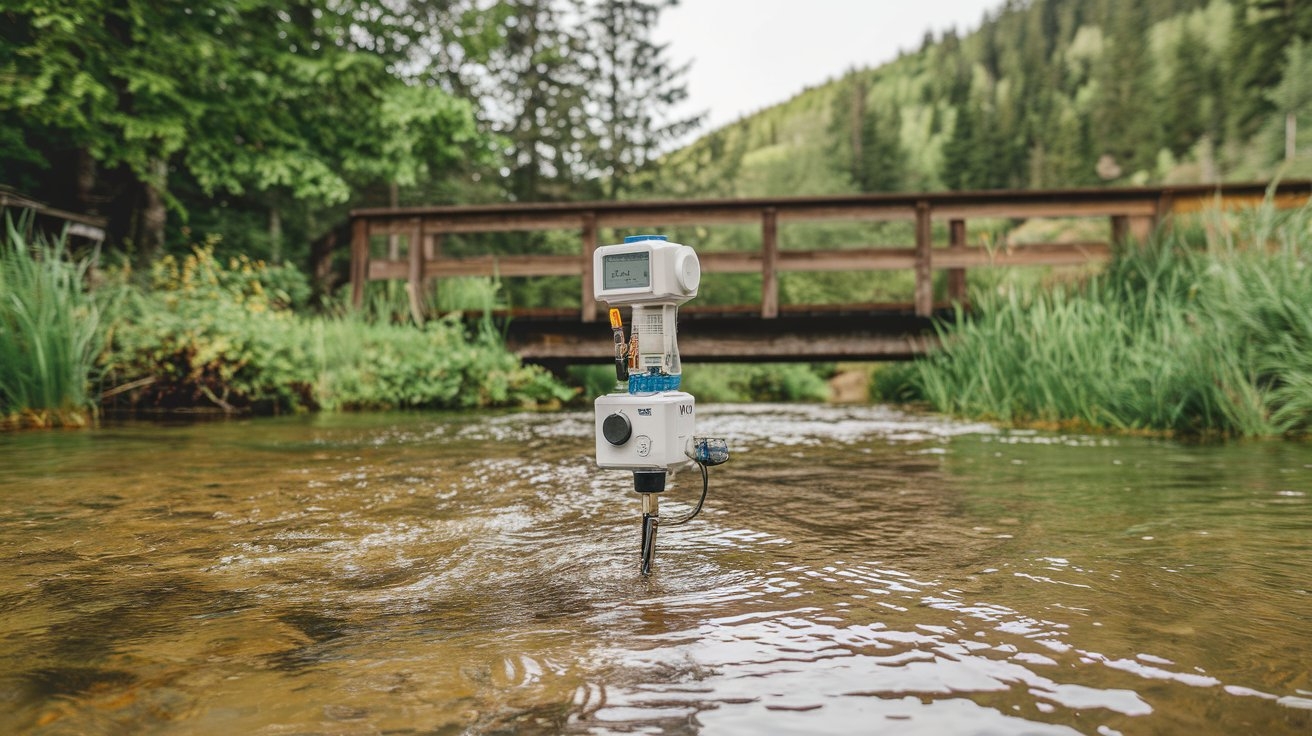Innovative Technologies Revolutionizing Water Monitoring

Water is the backbone of life, yet monitoring its quality, availability, and distribution has always been a challenge. Fortunately, modern technology is transforming how we track and manage water resources. From AI-powered analytics to IoT-enabled sensors, the latest advancements are making water monitoring more efficient and precise than ever before.
The Need for Advanced Water Monitoring
As climate change and population growth strain global water supplies, real-time monitoring has become essential. Traditional water assessment methods often rely on manual sampling, which can be time-consuming and prone to errors. Today’s innovative technologies offer automated, accurate, and scalable solutions for managing water resources efficiently.
Key Technologies Driving Water Monitoring Innovation
1. Smart Sensors and IoT in Water Monitoring
The Internet of Things (IoT) has revolutionized water tracking by enabling smart sensors to provide real-time data on water levels, quality, and flow rates. These devices send continuous updates, allowing water managers to detect leaks, contamination, or supply shortages instantly.
2. Remote Water Level Monitoring
One of the most groundbreaking advancements is remote water level monitoring. This technology allows authorities to track water levels in reservoirs, lakes, and underground wells without physical inspections. Through satellite communications and cloud-based platforms, water data is now accessible anytime, anywhere.
3. Artificial Intelligence and Big Data Analytics
AI and big data are game-changers in water management. By analyzing massive datasets, AI can predict droughts, floods, and contamination events before they occur. These insights help water agencies make informed decisions, ensuring sustainable water use.
4. Drones for Aerial Water Assessment
Drones equipped with thermal and infrared cameras can survey water bodies from the air, detecting pollutants, illegal dumping, or changes in water levels. They provide rapid assessments of hard-to-reach areas, making them indispensable for large-scale water monitoring.
5. Blockchain for Water Data Transparency
Blockchain technology ensures secure and tamper-proof water records. By storing water usage and quality data in decentralized ledgers, blockchain enhances transparency and accountability in water management.
Applications of Water Monitoring Technologies
Agriculture and Irrigation Efficiency
Farmers now use precision irrigation systems that rely on IoT sensors to monitor soil moisture and water usage. This minimizes waste while maximizing crop yield.
Urban Water Management
Smart cities are integrating AI-powered water monitoring systems to detect leaks and reduce wastage, ensuring sustainable urban water supplies.
Industrial Water Usage Compliance
Factories must adhere to strict water regulations. Advanced monitoring systems help industries track water usage, detect contaminants, and meet environmental standards.
Disaster Management and Flood Prediction
Predictive analytics powered by AI helps governments anticipate floods and droughts, enabling proactive response strategies.
The Future of Water Monitoring
With rapid advancements in AI, IoT, and cloud computing, the future of water monitoring looks promising. More affordable and accessible technology will enable even small communities to adopt smart water management solutions.
Conclusion
Innovative technologies are reshaping the way we monitor and manage water. Whether through AI-driven analytics, remote water level monitoring, or blockchain transparency, these advancements are ensuring a more sustainable and secure water future. As technology continues to evolve, so will our ability to safeguard this vital resource.
- Questions and Answers
- Opinion
- Motivational and Inspiring Story
- Technology
- Live and Let live
- Focus
- Geopolitics
- Military-Arms/Equipment
- الحماية
- Economy
- Beasts of Nations
- Machine Tools-The “Mother Industry”
- Art
- Causes
- Crafts
- Dance
- Drinks
- Film/Movie
- Fitness
- Food
- الألعاب
- Gardening
- Health
- الرئيسية
- Literature
- Music
- Networking
- أخرى
- Party
- Religion
- Shopping
- Sports
- Theater
- Health and Wellness
- News
- Culture

